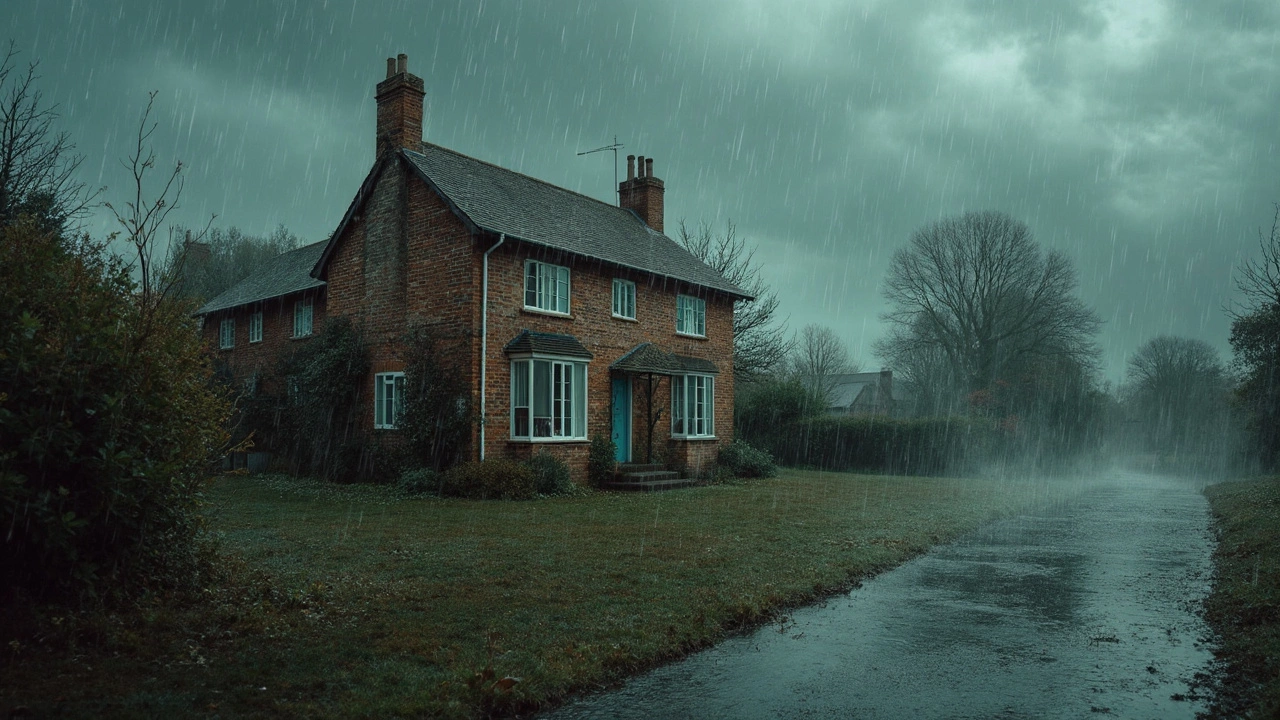Foundation Maintenance: Simple Steps to Protect Your Home
If you’re a homeowner, the last thing you want is a sinking or cracked foundation. The good news is you can stay ahead of big problems by doing a few easy checks each year. This guide shows you how to spot trouble early, what DIY fixes work, and when to call a professional.
Spotting Early Warning Signs
First off, keep an eye on the floor and walls. Straight cracks that are wider than 2mm (about the thickness of a credit card) usually mean something is moving. Small hairline cracks can be normal, but if they keep getting bigger, write them down and measure the width.
Next, check doors and windows. If they start sticking or won’t close properly, the frame may be shifting. That’s a sign the foundation could be settling.
Outside, look for any gaps between the ground and the base of the house. Water pooling next to the foundation is a red flag – moisture can weaken soil and cause the slab to move.
Finally, listen for new sounds after a heavy rain or a cold snap. Creaks or groaning noises often mean the structure is adjusting. Jot down when you hear them and what the weather was like.
DIY Maintenance Actions
Once you know what to watch for, you can take a few steps yourself. Start by improving drainage around the house. A simple French drain or a well‑placed shallow trench can keep water away from the footings.
Make sure the soil slope drops at least 5% away from the building. Use a level and a string line to check the grade. If the ground slopes toward the house, add soil to create a gentle downhill slope.
Seal any cracks you find with a flexible epoxy or a waterproof sealant. For cracks under 5mm, an epoxy filler works well and stops moisture from getting in.
Consider a regular soil test if you live on clay. Clay expands when wet and shrinks when dry, which can push the foundation up and down. Knowing the soil type helps you plan watering and landscaping.
If you notice anything beyond small hairline cracks, or if the house feels uneven, it’s time to call a structural engineer. They’ll measure the movement, suggest a repair method, and give you a cost estimate. Trying to fix big issues yourself can end up costing more in the long run.
In short, a quick visual check, good drainage, and sealing small cracks go a long way toward keeping your foundation healthy. Do these checks once a year and after any big storm, and you’ll catch problems before they turn into costly repairs.


